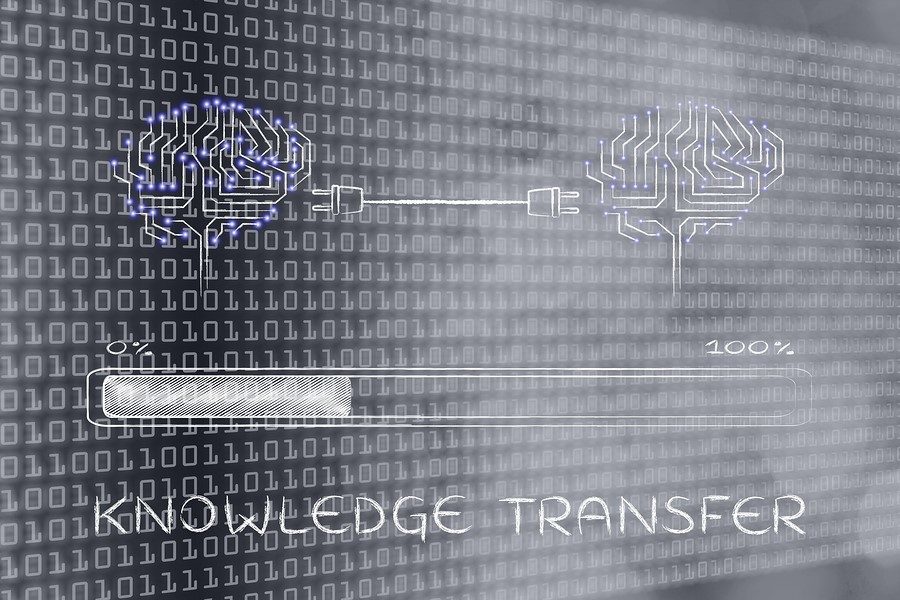Pearls of Wisdom: Part 2

This second post on the challenges of retaining corporate know-how in the face of changing work-force demographics reviews an extended conversation among interested MITRE staff. Because it’s always easier to come up with ideas than to implement them, this group generated some intriguing suggestions for putting ideas in motion.—Editor
Authors: Margot Peet and Dan Ward
MITRE often employs Technical Exchange Meetings, or TEMs, to capture relevant expertise and project experience in an interactive setting. Those of us attending the “Pearls of Wisdom” TEM discussed issues in tacit knowledge capture and sharing, and opportunities and limitations of current approaches within MITRE. Participants came from across company to consider three themes: how to elicit knowledge, apply solutions, and leverage MITRE resources. We ended up here: Work cultures are important, but it is difficult to find a way to convey the sense of a culture. Experts operate somewhat holistically: they do not always know what they do, and instead work by recognizing a pattern. By contrast, novices simply follow a set of rules, often linearly, until they reach an automatic stage of mastery. How might experts convey what they know in a way that enables novices to use what they hear?
- Stories capture and transmit tacit knowledge better than linear instructions and processes do. Experts can often go from A to Z and skip the steps in between, while a novice cannot. Stories offer insight into how to identify a problem, analyze it, and solve it.
- Trust is a key issue in the challenge of sharing content and processes. Motivating individuals to share these kinds of knowledge is hard. Virtual work environments make trust hard to come by, and not everyone is willing to share with people they do not really know.
- Self-interest. Addressing the challenges of knowledge capture and transfer takes individual effort sometimes characterized as being above and beyond regular job responsibilities. Not everyone is willing to volunteer this extra effort, and many start from “What’s in it for me?”
One of the most intriguing ideas we considered was having MITRE work toward the goal of locating tacit knowledge “just in time”—having it show up when we’re primed to be receptive. Conceptually, this is easy to understand, but, of course, the practice requires some engineering.
- How do we tease out that knowledge? We need to identify the kinds of stories that resonate long term: how one employee came to understand the culture of a specific sponsor community, for example; how another navigated new tasking opportunities within the company…
- Who might contribute these hero stories? Current MITRE staff, certainly, but also, potentially, MITRE alumni. MITRE could certainly benefit from capturing more social, network, and knowledge capital from known, vetted, and trusted sources.
- What does “just in time knowledge” look like? Tech entertainment vehicles such as Story Corps and TED talks offer short, focused, and digestible stories. How do we promote them at the right moments?
- How might we start making things easier to find? Metadata tags to support search should be expertly researched and planned. MITRE itself provides this expertise to our government sponsors – we can make better use of that technical expertise for our own enterprise, too.
We agreed that, as with any new technology venture, developing a roadmap toward this goal, and implementing it through a series of pilots, was a reasonable approach. Knowledge sharing is always a journey. Where are you on yours?

0 Comments